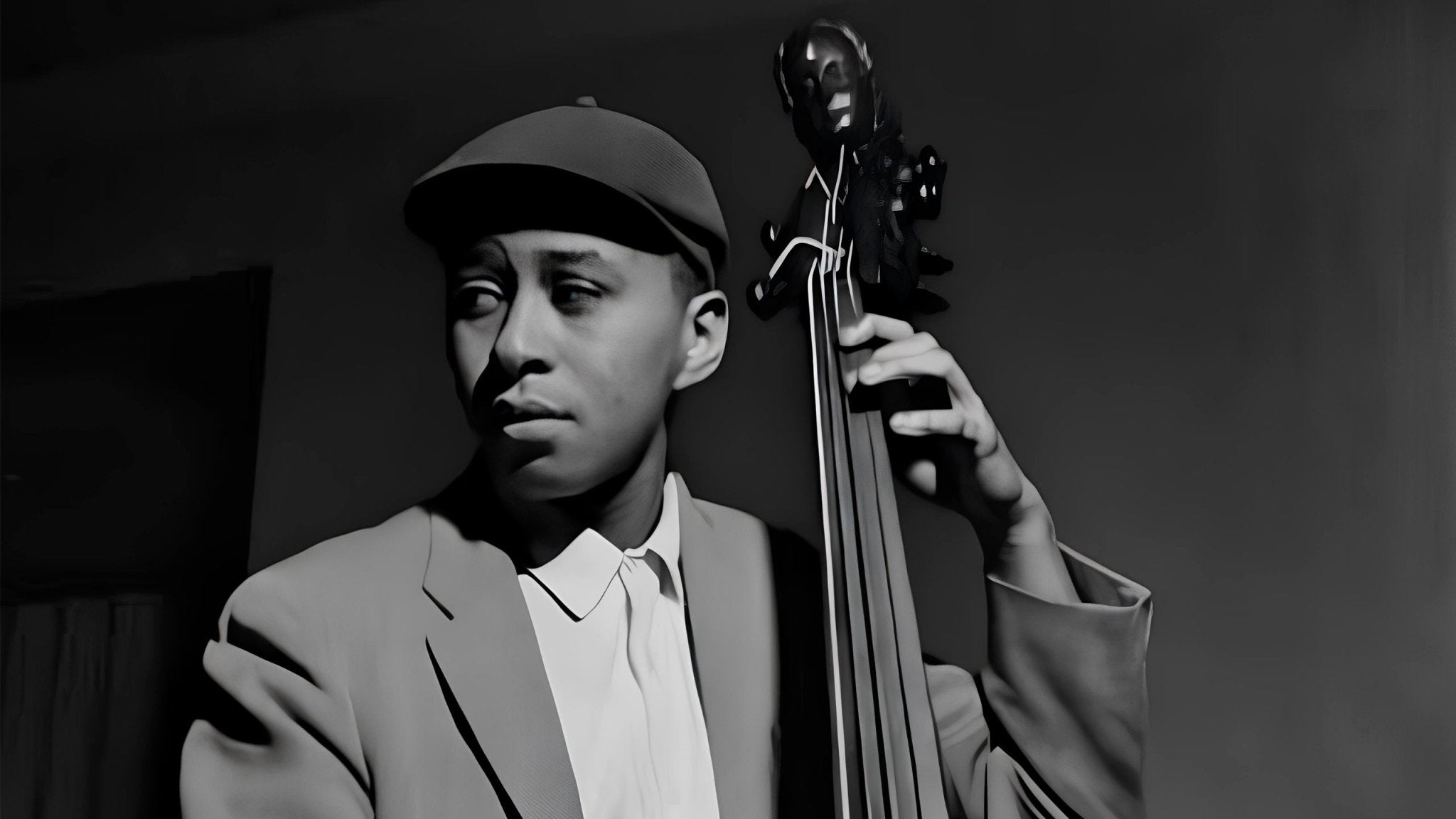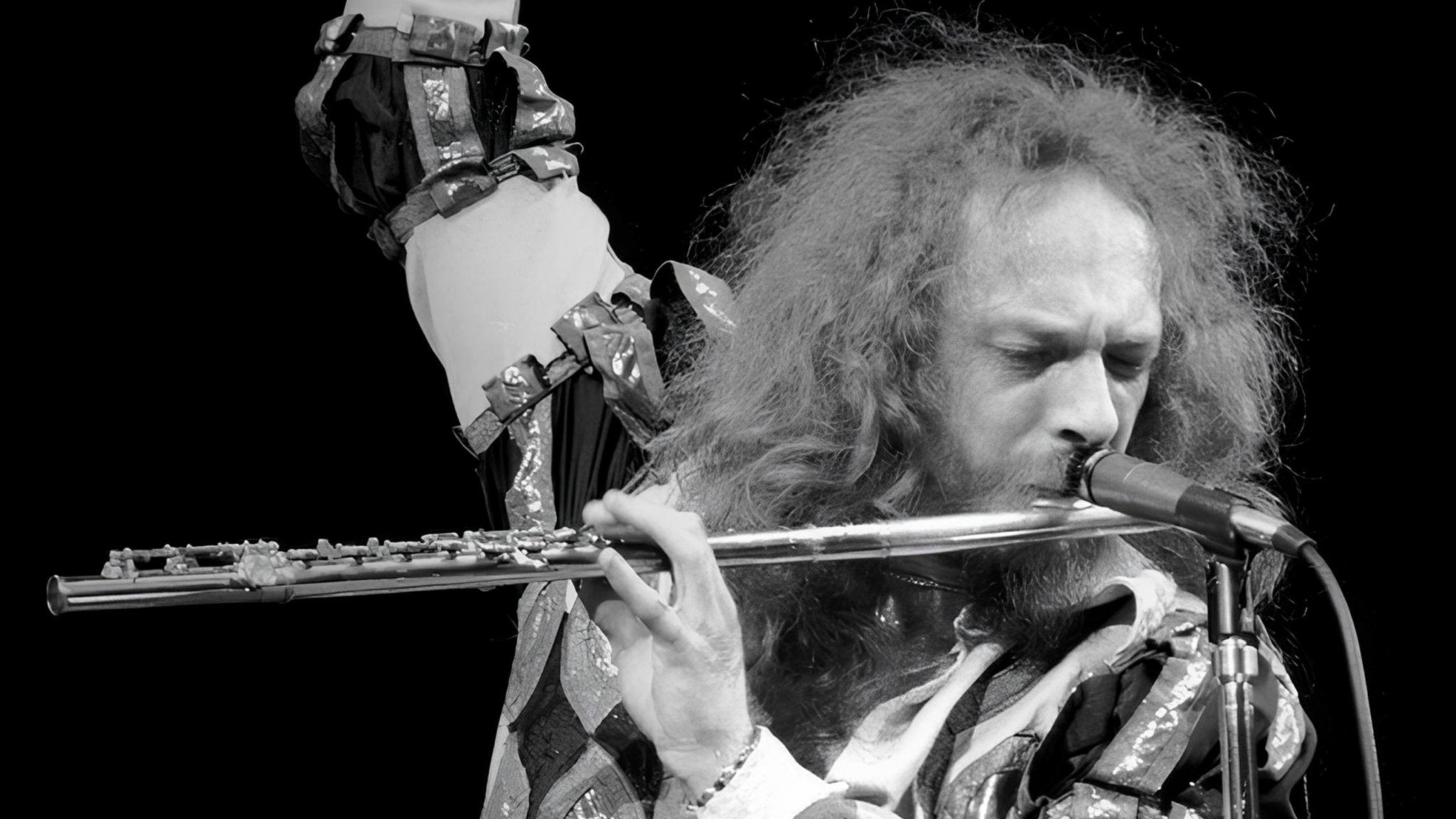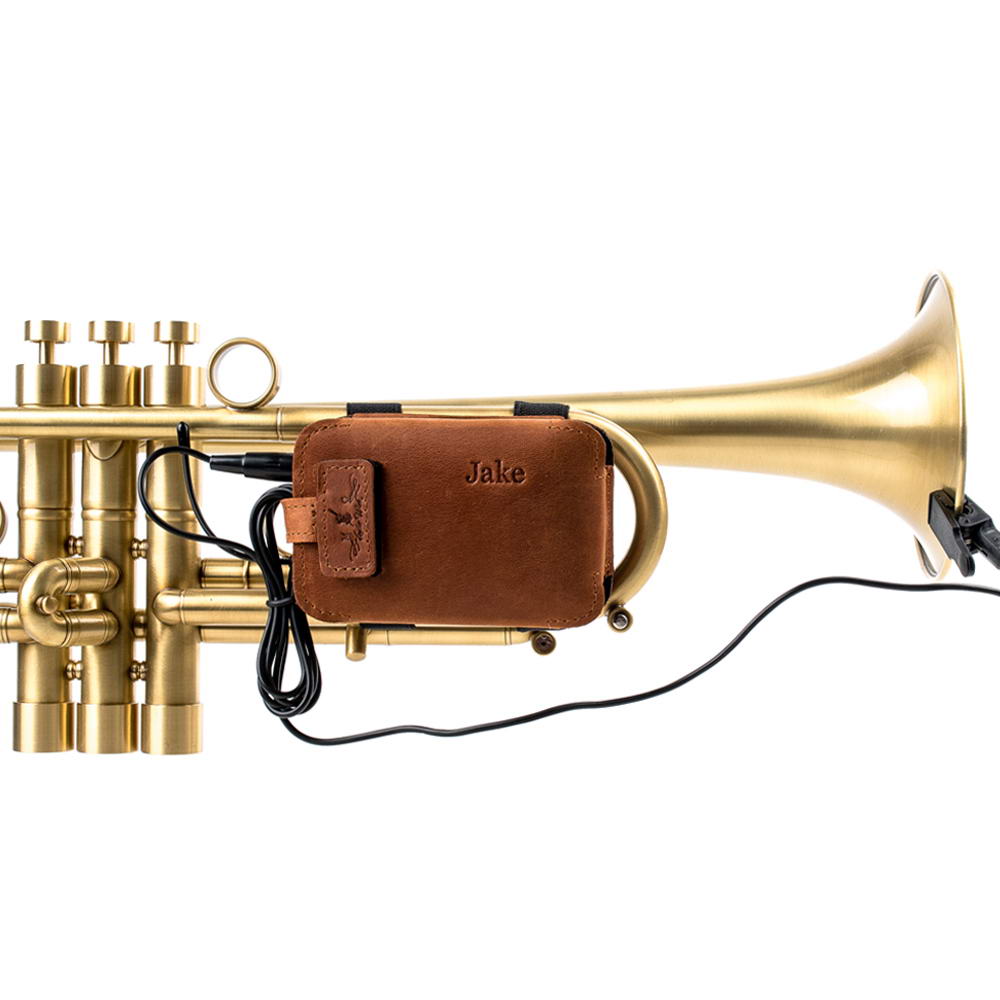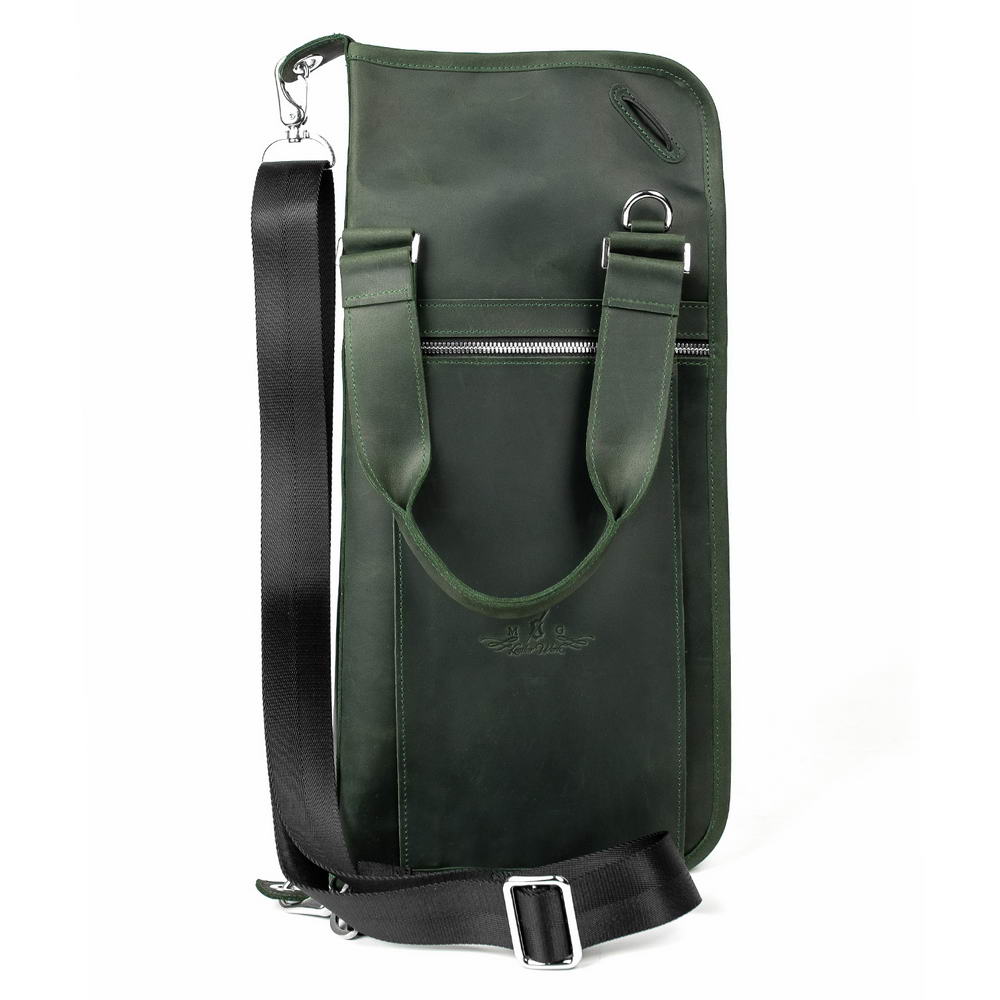
Ian Anderson: A Brief Biography, Career Highlights, and Contribution
British musician Ian Anderson, best known as the lead vocalist, flutist, and primary songwriter for the rock band Jethro Tull, is recognized for his long and significant contribution to rock music as well as his impressive visual stage presence. In this article, we will explore Ian Anderson’s biography, career highlights and collaborations.
Ian Anderson’s Musical Beginnings
Born in 1947 in Dunfermline, Scotland, Ian attended primary school in Edinburgh, and later moved to Blackpool with his family. There, he attended the local grammar school and then started studying fine art at the art college without any initial idea of connecting his professional career with music.

During his early years, he was influenced by jazz, classical, and blues, which later would leave a significant imprint on his personal musical style. His first job involved selling goods as a sales assistant. He formed his first band, The Blades, in 1963. There, alongside with his schoolfriends, Ian played soul and blues, combining the role of a singer, guitarist and harmonica player.

Electric guitar was Anderson’s first instrument, but he quickly lost his desire to play it. Being doubtful about his skills and ability to become as great as British musician Eric Clapton, he switched to the flute, which was a significant point in his life and the pivotal moment of defining his unique sound. Ian sold his guitar and bought a flute. It took only a few weeks of active practice, until he realized that the instrument fit perfectly into a rock and blues style.

When he and his next band, Jethro Tull, were recording their debut album "This Was", he had been playing the flute only a few months. However, his guitar skills still served a valuable purpose, as he used an acoustic guitar for melodic and rhythmic parts in his music. Throughout his career, Anderson also mastered a soprano saxophone, keyboards, bass guitar, whistles, and other instruments.

Ian Anderson and Jethro Tull
Ian Anderson is mostly known as a frontman of a rock band Jethro Tull, where he presented the world his distinctive style and innovative use of the flute within rock music context, which made him a noticeable figure in the world of progressive rock and beyond.

He formed Jethro Tull in 1967, with guitarist Mick Abrahams, bassist Glenn Cornick, and drummer Clive Bunker. The early music of the band had strong blues and jazz fusion vibes; however, Anderson moved the band towards a more progressive and folk-influenced sound.
They earned some acclaim in the London scene, and released their first album, "This Was" in 1968. However, Jethro Tull’s real commercial success came with their second album, "Stand Up", released in 1969. Their creation reached number one on the UK charts. The band toured in support for this album throughout the UK and US.

Jethro Tull deserved widespread acclaim thanks to Anderson’ songwriting skills and their unique sound. Albums like "Aqualung" and "Thick as a Brick" released in 1971 and 1972 respectively, solidified Jethro Tull’s status as leaders in the progressive rock genre. "Aqualung" became iconic due to its complex themes and memorable riffs featured there, while "Thick as a Brick" was a single-track concept album lasting 43 minutes, that demonstrated Ian Anderson’s passion for storytelling in music. During the mid-1970s, their musical style shifted towards contemporary folk rock.
Since their first performance at London’s famous Marquee Club in February 1968, Jethro Tull released 30 studio albums and sold more than 60 million copies.

Ian Anderson’s Solo Career
Anderson first had an idea of starting a solo career in the 1980s, when the band Jethro Tull was planning to take a break after their bassist’s death. Anderson even wrote an album "A"; however it was released under the Jethro Tull name due to the pressure from the record company.

Ian released his first album "Walk into Light", in 1983. His second album "Divinities: Twelve Dances with God"(1995), was an instrumental album consisting of twelve pieces on various themes with a strong influence of ethnic musical traditions. Anderson’s album, "Homo Erraticus", released in 2014, combined folk, rock, and metal music, and is considered his most successful solo album. Anderson has always had an active creative life, touring under his own name, playing with string quartets and orchestras.

Ian Anderson’s Influence and Musical Style
From his early age, Ian was strongly influenced by his father's collection of big band jazz music. It had a great impact on him as a future musician back then. Both with his band Jethro Tull and in his solo career, Anderson was always known for his rebellious music style, featuring an exclusive individual approach and innovations.

Ian Anderson's flute playing blends dynamic and rhythmic style, featuring the use of vocalized harmonics. This combination of sounds is what creates his unique music and distinguishes him from other flutists within a rock genre.

His successful incorporation of the flute into rock music was really path-breaking and became a defining feature of Jethro Tull band. Combined with his charismatic stage presence, featuring one-legged stances that drew the attention of people, his music has always managed to leave a deep impression on the audience.

For his great contribution into music, Ian Anderson has received several awards and recognitions, such as a Doctorate in Literature from Heriot-Watt University and Dundee University, The Ivor Award for International Achievement, the “Prog God” award from British music magazine Prog, and others.

Now, Ian Anderson is 76 years old.
Conclusion
Multi-instrumentalist Ian Anderson has proved the flute as an essential instrument of rock music. Active since 2006, he is known for his innovative and individual approach and impressive stage performances. Through both his work with Jethro Tull and during his solo career, this musician has presented the world with the versatile music that serves a powerful source of inspiration for modern flutists.

Recently, we have also featured an article about flutist Herbie Mann. Don’t miss it and stay tuned, as we are preparing more articles about famous flutists.
If you’re a flutist or know any flute players, check out our collection of accessories for flutes, featuring genuine leather in a variety of colors and styles. A well-designed and durable accessory always makes a good gift for musicians.




 https://mgleatherwork.com/pages/about-us
https://mgleatherwork.com/pages/about-us





1 comment
I just got reacquainted with Ian watching Jethro Tull performances on Youtube. What a vibrant presence! Outshone his co-performers as if they were simply musical backup to the incredible performances! What talent! I thought of the best stage performances of Shakespeare but he has no formal stage education or experience! That’s a natural gift there!
Craig
Leave a comment
This site is protected by hCaptcha and the hCaptcha Privacy Policy and Terms of Service apply.